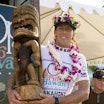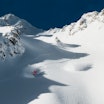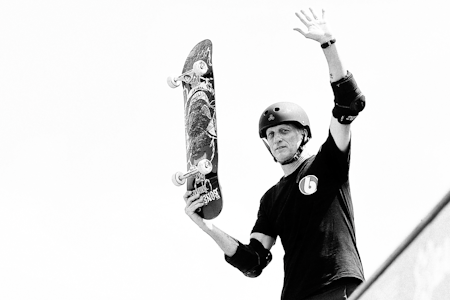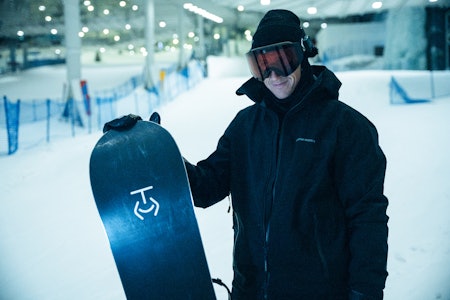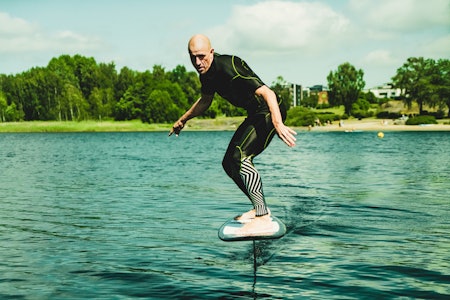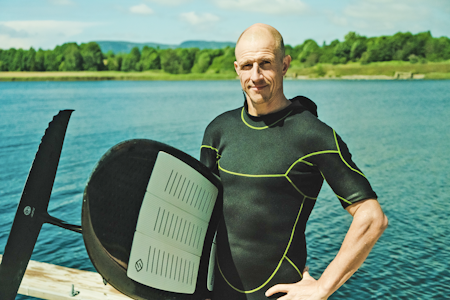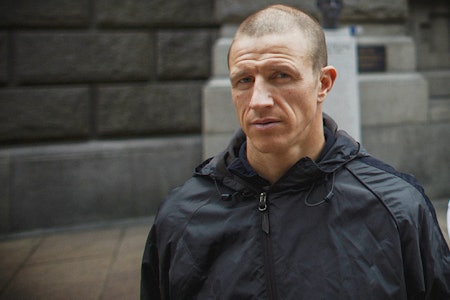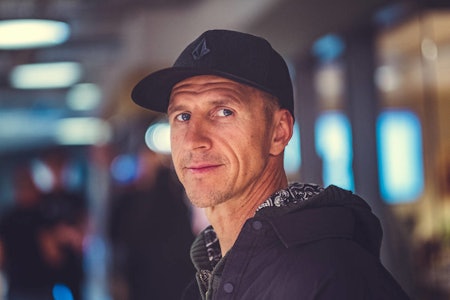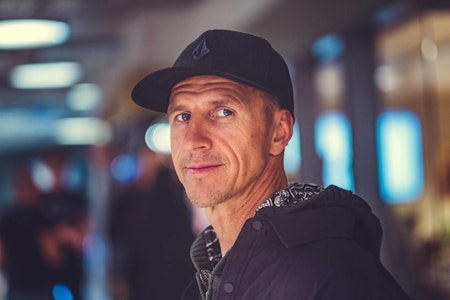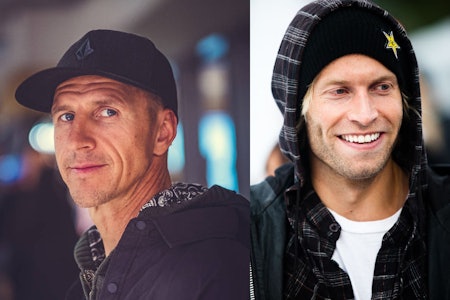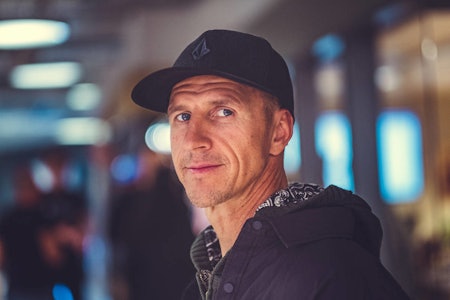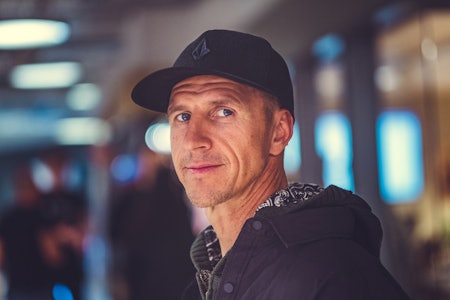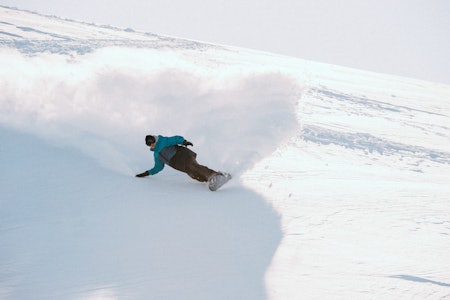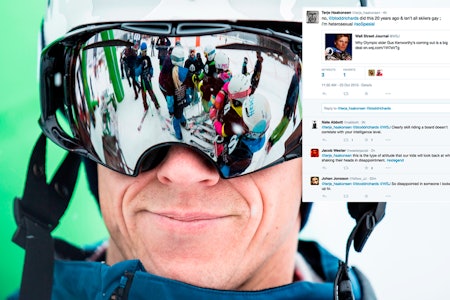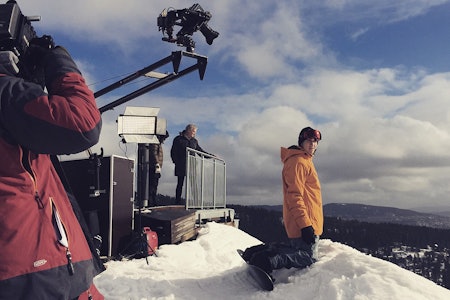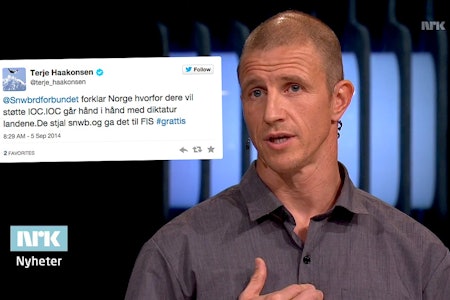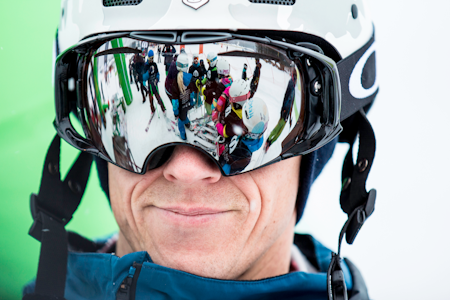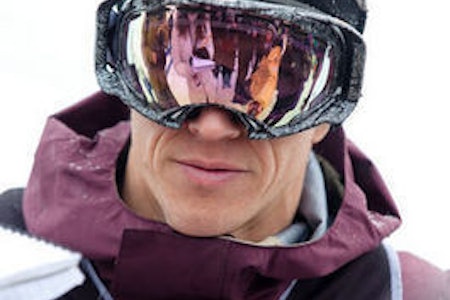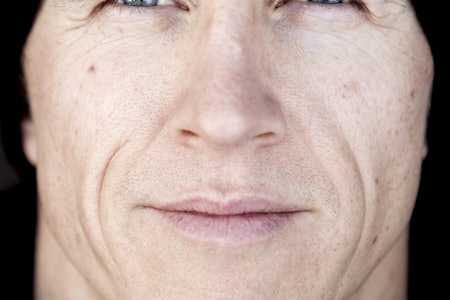"Terje is a snowboarding pioneer, and set the standard for generations to come. I have been inspired by his versatile skillset for decades" - Tony Hawk to Fri Flyt, October 2024.
"Theres is no doubt in my mind that Terje is the best and most influential snowboarder of all time. Happy birthday Terje. I fucking love you!" - Shaun Palmer to Fri Flyt, October 2024.
October 11th 2024, Terje Haakonsen turned 50. He has snowboarded in 37 of them. For more than half his life on a board, he has been at the forefront, as snowboarding's undisputed defense soldier and watchdog.
He has spoken against the IOC , boycotted the Olympic Games, developed competition formats and equipment that have changed the snowboarding industry, led the bindingless board revolution , enlarged the halfpipe, and created headlines and controversy.
To summarize Haakonsen's career, Fri Flyt has spoken to boardsport's greatest legends . With Terje's friends and business partners. The stories and pictures we have received are unique.

But we are first going to the SNØ indoor hall on an October day in 2024, where Fri Flyt meets Haakonsen while he is testing boards from his new collaboration project with Zen Snowboards .
- Terje, what do you think about turning 50?
- The fact that I'm alive when I'm 50 is in itself quite well done! Although life has not been that tough, I have been close to dangerous situations, both self-inflicted and due to external factors. I was on the plane to the US on 9/11 and I was four blocks away when an explosion went off on the Moscow subway. I was also ten minutes away from landing in Tokyo during the last earthquake. In addition, I have come close to crashing into trees and rocks, and experienced small landslides. So I'm happy to have come this far.
And he has come a long way since he took his first snowboard turns on a field in Telemark in 1988. The sports environment in Haakonsen's home village benefited from far-sighted winter sports enthusiasts, who already in the late 80s had imported snowboards to the village of Åmot. The equipment was embraced by an environment consisting, among others, of the siblings Åshild and Einar Lofthus, Harald Rishovd and a young Terje Haakonsen .
Snowboarding's early roots in Telemark led the Lofthus siblings to the World Cup. It was precisely their experience abroad that was the decisive reason why the young great talent Terje got his first trips out of Norway to compete.
"We promised Terje's family to look after him. Then he was allowed to participate" . Åshild Lofthus has previously told this in an interview.
The best racing snowboarder of the 80s and 90s, Peter Bauer, tells Fri Flyt that he remembers Terje well as a boy on his first trip together with Lofthus.
- I trained a lot with Åshild, since we both were riding for Burton. One day she brought along a 14-year-old from her home village in. One day she had a 14-year-old from her home village in Telemark with her. He is really good, and I have promised his parents that we will take good care of him, I remember Åshild saying. What can I say? She was right. He was very good, and is still one of the very best.
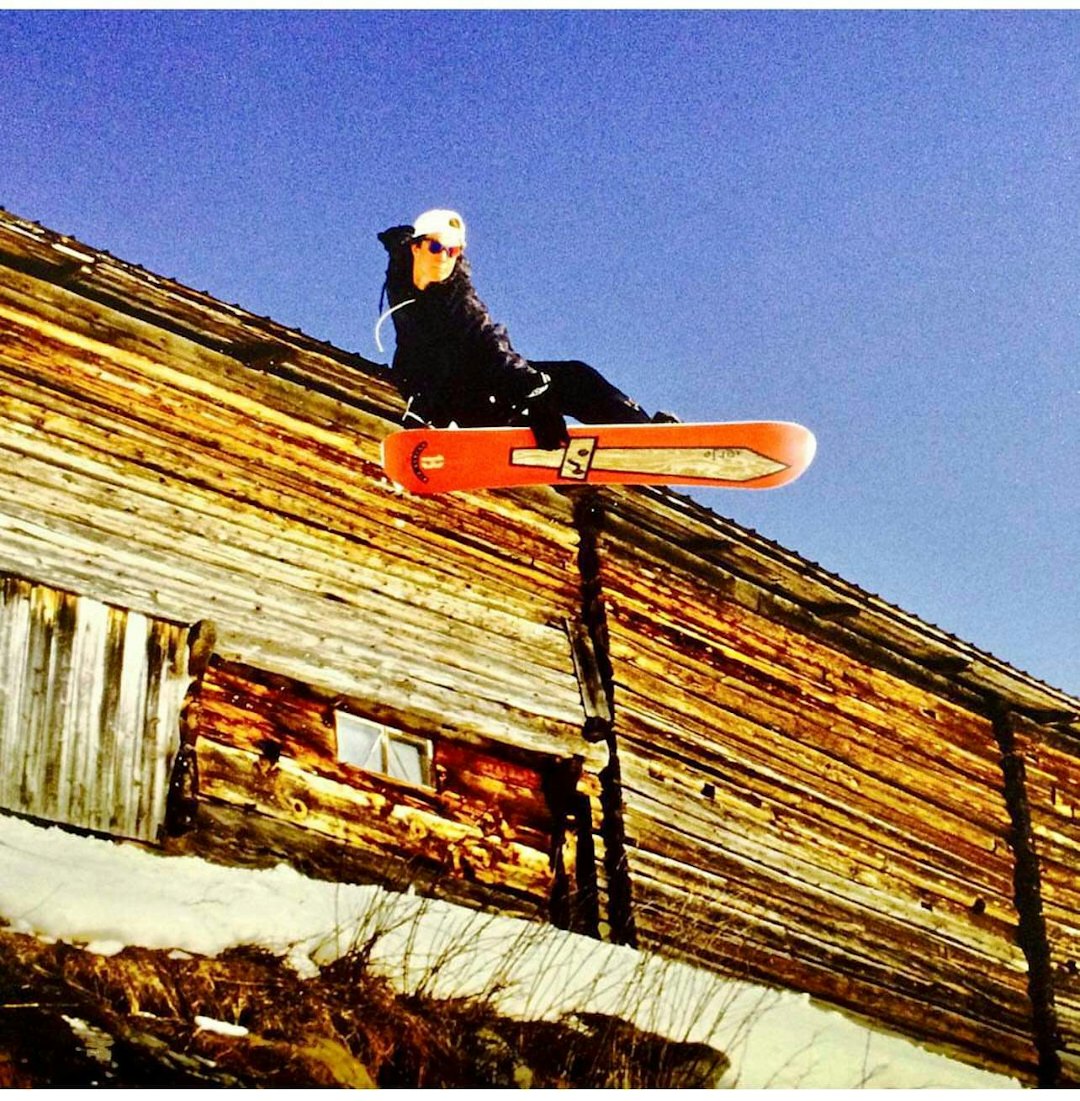
Peter Bauer
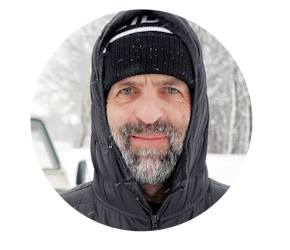
Founder of Amplid Snowboards, teammate with Terje at Burton in the 90s, and the world's best racing snowboarder in the 80s and 90s.
- I used to train - besides other riders - together with Ashild Lofthus on the Burton pro Team, in the late 80s. One day Ashild brought along a 14-year-old boy from her area back home in Telemark, with the comment “he’s a really good rider, he’s still young, I promised his parents that we will all take care a of him when he is away from home”.
What can I say: She was very right, Terje was a really good rider back then. And he still is! If not still one of the best.
We still get to meet up once or twice a year, either at Mt. Baker or at Laax, and when I see him riding, he still got the elasticity, fluidity and style just like 30 years ago. Terje is a perfect example of when snowboarding for a rider becomes transcended and immanent at the same time, it frickin’ ignores aging – to a certain extent – and in his case this is exemplary.
Over 30 years have passed since Terje first met his biggest influence in snowboarding, Craig Kelly, at a snowboard camp on Juvassbreen. Following Kelly like a shadow, copy pasting everything he did, Kelly was so impressed that he called Jake Burton to sign Haakonsen to Burton Snowboards.
. The contract was sent, and Terje had to take it to his English teacher for assistance with translation. "You must get help from a lawyer before you sign," said the teacher. "I never did that" , Haakonsen recently told the program Mesternes Mester on NRK .
The contract was signed, and the World Cup debut took place in St. Moritz in Switzerland in 1990.
- Terje didn’t win everything immediately. It took a few years. That's not true. It took a season or two, chuckles Burton's Andy Coghlan in the documentary series The History of The US Open .
But once the dominance started, it became almost total. So superior was Haakonsen, that at his peak, he won fourteen World Cup victories in a row.
The myth says that several of the American pipe riders gave up their pipe career, as they realized they had no chance against Terjes level.
“It is not a myth. It is true" .
Those are the words of snowboarding legend Shaun Palmer, who confirms to Fri Flyt that Terje's level was so beyond the rest, that he himself gravitated away from the halfpipe and onto the boardercross track.
- At the time, I realized I could not match his level in the pipe, and honestly, I was more into drinking beer than doing what was necessary to beat Terje. Like training. Terje took over the pipe, while I dominated in boardercross. It worked out well for the both of us, laughs Palmer.
- But it was only when Terje found his own style in the pipe, and moved away from copying Craig, that he became unbeatable. That's when he started winning a lot, the versatile action sports talent tells Fri Flyt.
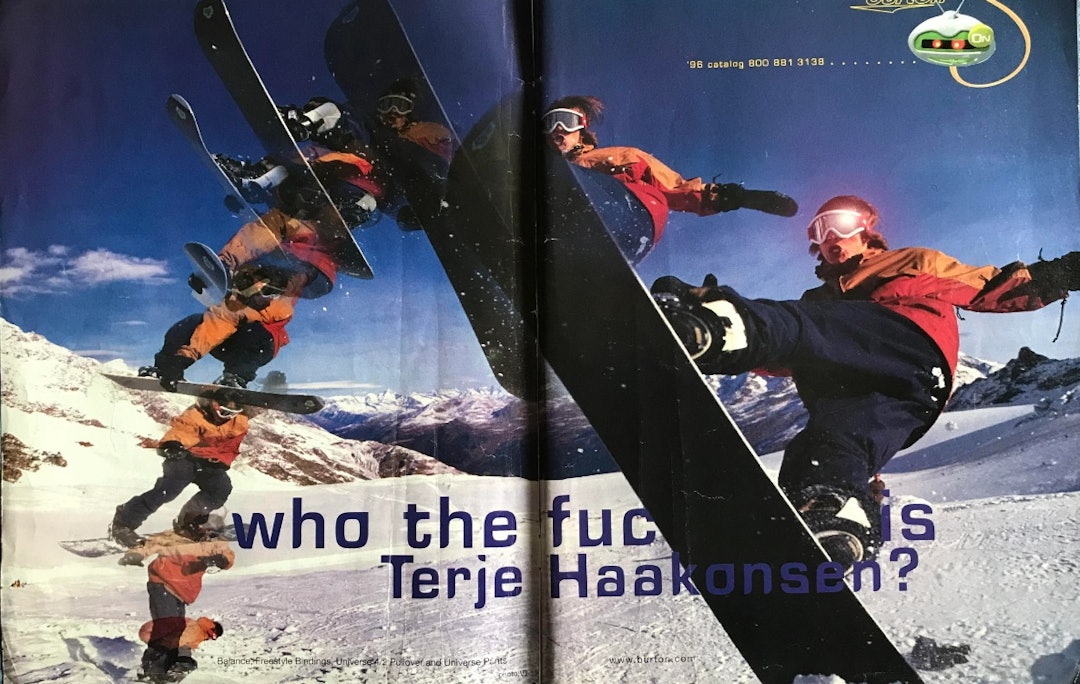
Shaun Palmer
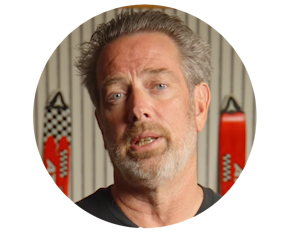
One of snowboarding's greatest legends. Has won everything in halfpipe, boardercross, skicross, downhill cycling and snow downhill cycling. Described as "The World's Greatest Athlete" by USA Today . Founder of Palmer Snowboards in 1995.
- Oh man, Terje. Where should I begin? We started competing against each other in the halfpipe in the late 80`s. I had won the worlds at Breckenride in 1990 and 91, and Terje was coming in hot as the new rider to look out for.
Back then he was copying everything Craig did in the pipe, but I think it was when he found his own, unique style, that he truly excelled as a rider. When he first started he’s winning streak, he was unbeatable. I realized I could not match his level in the pipe, and honestly, at the time, I was more into drinking beer than doing what was necessary to beat Terje. Like training. Haha.
I started my own company, Palmer Snowboards, and gravitated towards boardercross and did well there, while Terje totally dominated the pipe. It worked out well for the both of us. Theres is no doubt in my mind that Terje is the best and most influential snowboarder of all time. Happy birthday Terje. I fucking love you!
We could write that the rest is history, and stop there. But that would not justify either Terje's career as a snowboarder or our journalistic integrity. We have to dig more into the past, but first we have to take a trip back to the present.
October 2024. When Fri Flyt meets the jubilee in the hall SNØ at Lørenskog, he rides on a board from Swiss Zen Snowboards. Board he has built in collaboration with the founder of the brand, Reto Neiger. The collaboration came into place a few years after the surprising exit from Burton Snowboards. News that hit the snowboard industry like a bomb, and to which we shall return.
- When you look back on your career, what do you highlight as the thing you are most proud of?
- I am happy I can still snowboard as I do. I have always snowboarded for the joy, and as long as I have that I will continue to ride. I'm also proud that we started the trend of making powder boards for resorts, like with Burton Fish and Family Tree. When people copy what we do, it makes me proud.
Equally proud of the same boards is Burton's former product developer John "JG" Gerndt, who during his long career at Burton developed many boards in collaboration with Haakonsen.
- The Fish is without doubt the board I am most proud of having developed, Terje and I made it together, and it changed the snowboard industry's view of what a resort board can be, in the direction of surf-inspired riding, confirms JG to Fri Flyt.
John «JG» Gerndt
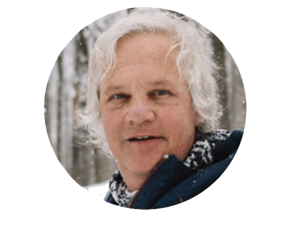
Long-term product developer at Burton Snowboards and general manager of the powsurf brand Shredeye.
To hear that he is turning 50 in October makes me feel like he is catching up to me. Interesting enough, Jake was 11 years older than me, and I am 11 years older than Terje.
Some good times in all those years riding and developing cool boards together for us and the world to ride. Some ask me about what board was the most memorable and by far it was the Fish that Terje and developed, it changed the industry in a good surfy way.
Terje is an athlete as many top snowboarders are, typically really good at any sport they might be into. Yet when he came on the scene at a young age, he set the bar higher with more power and style than most, he stood out.
He is known around the world, and he shaped his own direction on what and how he wanted to snowboard. In some ways I still think of him as a kid, mainly because whenever we were together, we were doing fun, adventurous stuff. Happy 50th Terje, I have a feeling you will still be riding and surfing in another 50 years.
Haakonsen continues:
- We pushed the boundaries in terms of the size of the pipe and quarter pipe. We proved the logic in going higher and bigger with a snowboard than on a skateboard, which snowboard was often compared to. We were the ones who made the first super pipe.

Time as a movie star
It might be the eagerness to shred another round in the park at the indoor facility SNØ, that Terje forgets to mentions he’s movie projects as something he is proud of. Therefore, we are mentioning them for him:
In 1996 came the film Subject: Haakonsen – Life and Times of a Sprocking Cat , made by director Dave Seoane in collaboration with Volcom founder Richard Woolcott. The film showed a new level of freestyle-inspired freeriding, and the soundtrack, consisting of music from Beck, the Brian Setzer Orchestra and Primus, was atypical of the normative use of skatepunk in snowboarding films at the time.
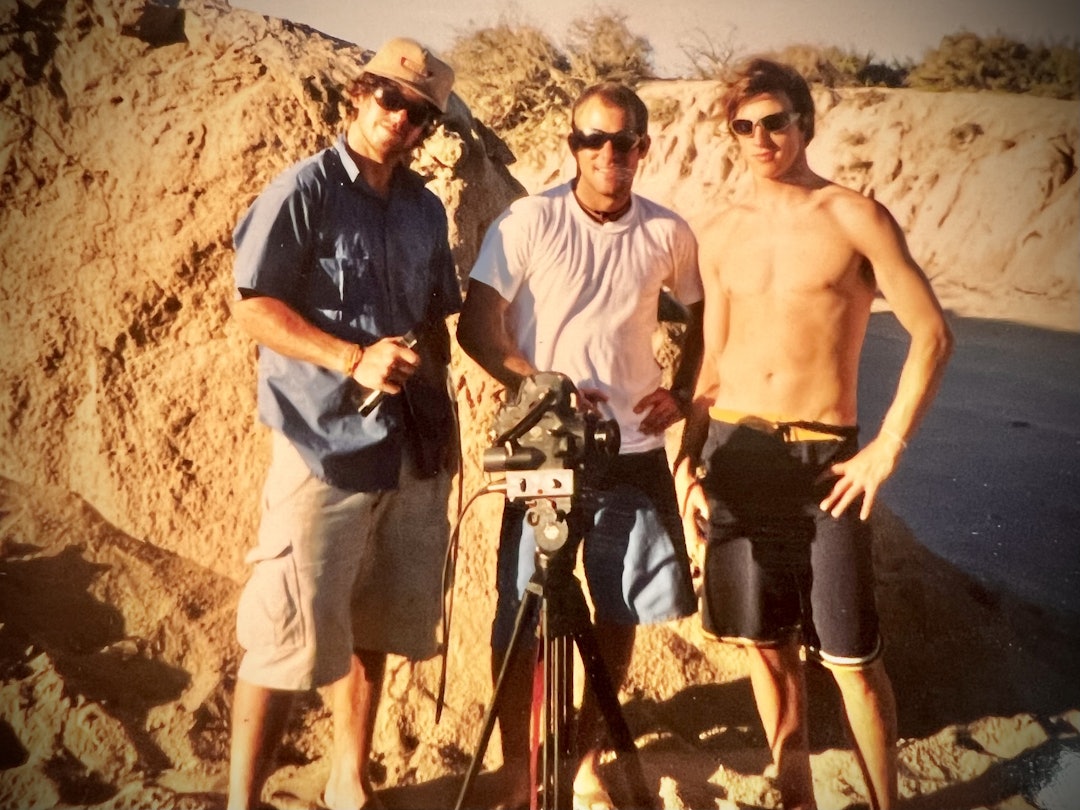
When we ask director Seoane about the choice of music, he says that they first made a raw tape for the entire film, and then played Primus' song Over The Electric Grapevine as the intro song:
- As the movie played on, we realized that the song got better as it progressed. Therefore, we ended up dropping the traditional snowboard movie intro, with a short song and hasty clips, which was common at the time, and let the song play completely thru while the riding went on.
The result was a film without an intro, which surprised many at the premiere.
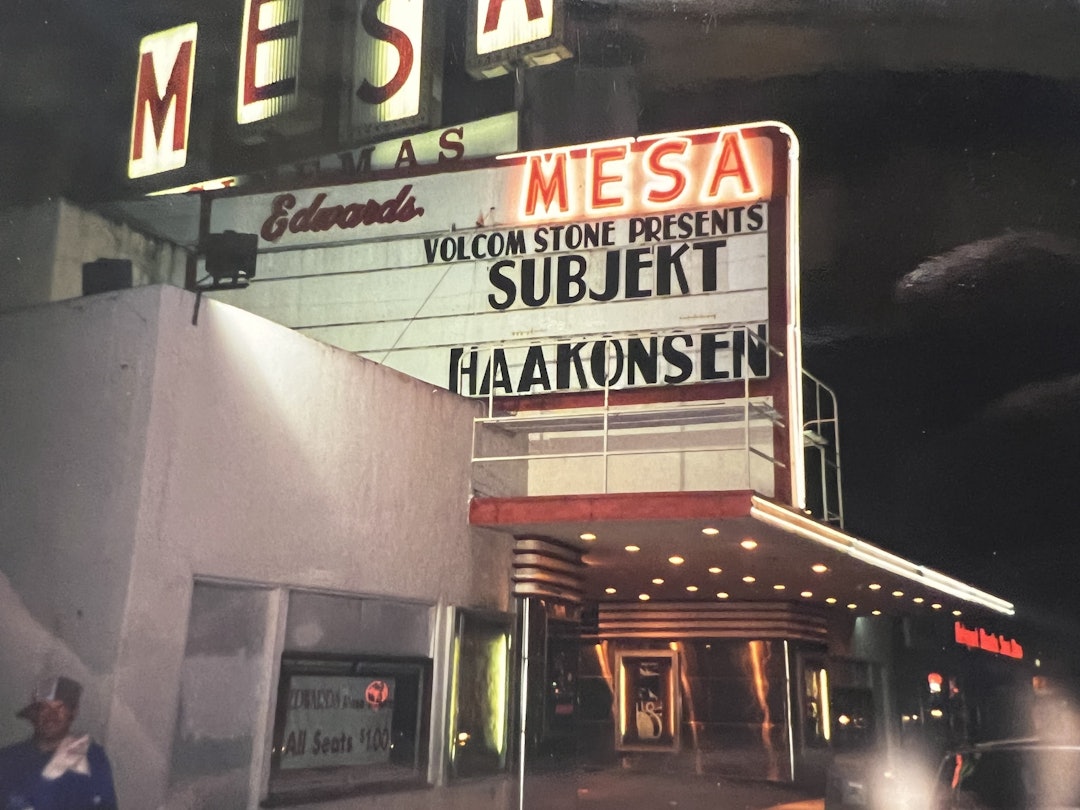
- We thought the move worked very well then. Something I still think when I see the film today, says the director.
In 1999, Seoane and Haakonsen teamed up again for The Haakonsen Factor , where Terje confirmed that he was still boss in the pipe. The film also showed how much he had developed as a free rider. Seoane recalls a chaotic filming period in New Zealand, with poor snow conditions.
- We were close to giving up on the whole project. The shots were few, the crew was tired of waiting, and I was extremely frustrated. At one point I started to cry. That’s when the guys realized how the situation took a toll on me, Seoane laughs through the phone from the US and continues:
- So when the weather finally cleared to shoot, we got some good days of recording.
Yet another surprising and atypical soundtrack was chosen, with acid jazz and beats, made especially for the film by DJ Greyboy.
- We finished editing the film, gave it to Greyboy, who jammed out the music while he watched the recordings, says Seoane. A method that was highly unusual for action sports films in the late 90s.
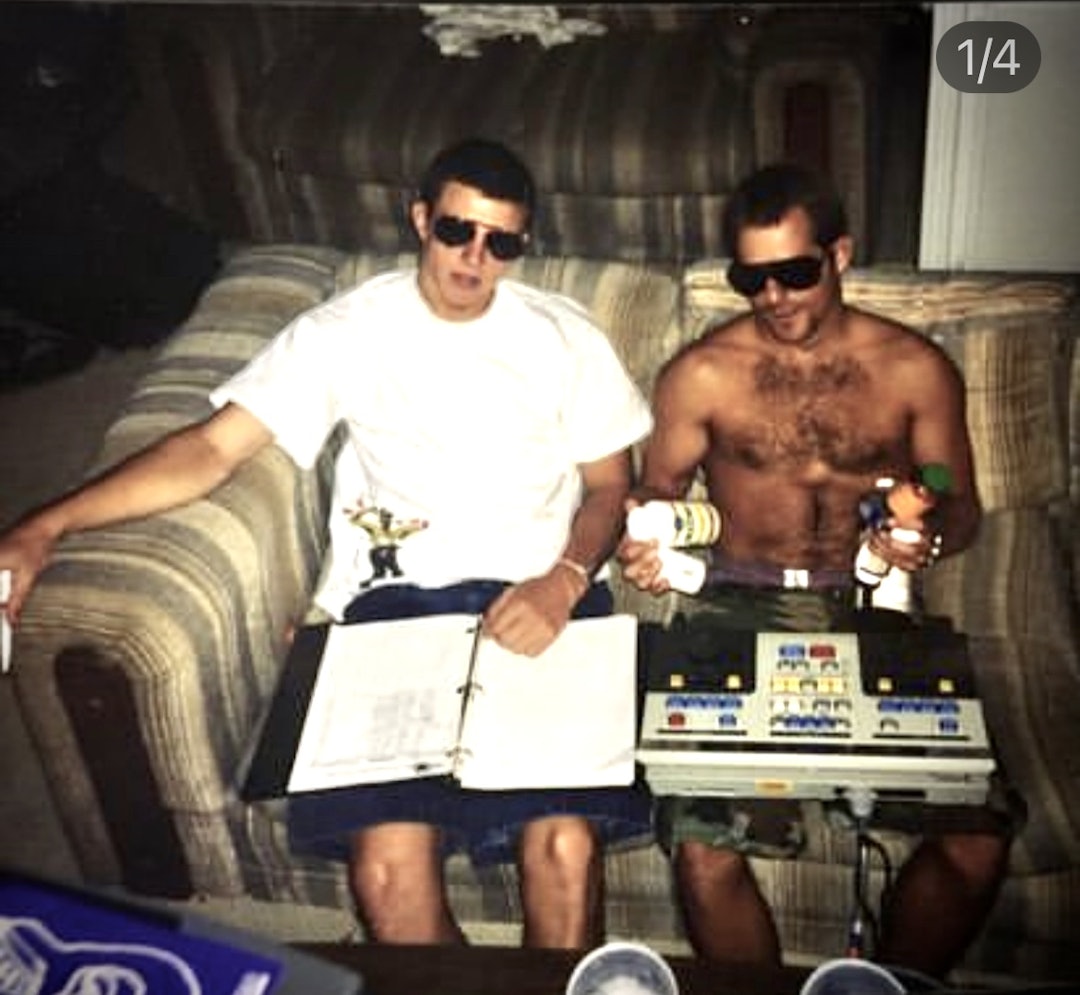
Today, both films are considered classics among snowboard movies. Throughout the 90s and 2000s, Haakonsen participated in several of the projects from Standard Films and Mack Dawg Productions. There were also sponsor films, for both Burton and the clothing brand Volcom. When Fri Flyt gets in touch with Volcom founder Richard Woolcott, he highlights the filming of Alive We Ride as a particularly good memory: :
- I remember the first time I met Terje at Mount Hood, in the summer of 1993. We filmed for a couple of hours before I traveled on to Hawaii. That session was incredible. I was super stoked to get those recordings for Alive We Ride. The film projects we did together were always great fun to work on, and Terje was always dedicated to doing his best in front of the camera. Something that seemed good in the end result.
The same film brings out funny stories from surfer and teammate from Volcom Bruce Irons, when Fri Flyt talks to him on a cracking phone line.
- Terje is a unique board rider and a very good surfer, says Irons.
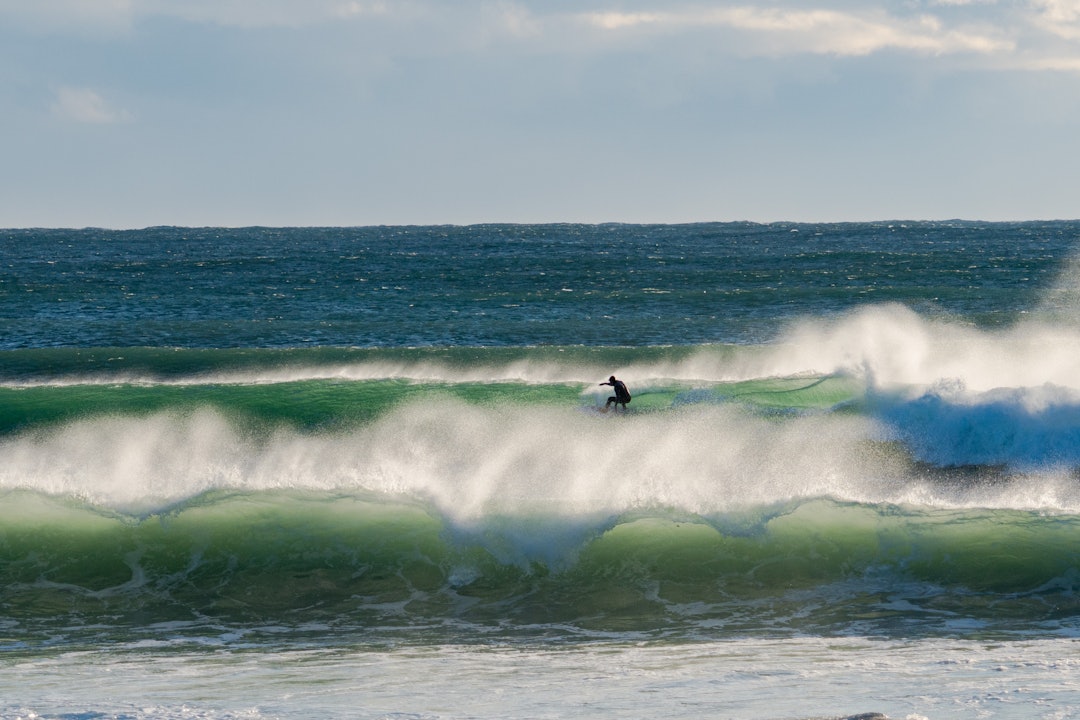
They lived together, next door to snowboarding profiles Bryan Iguchi and Jamie Lynn.
- It was a magical time. We had a lot of fun." Irons adds that he is in California when we speak, but that he is going back to Hawaii in a few days, actually to meet Terje and surf.
Bruce, brother of the late surfing legend Andy Irons , has known Terje since his early teens.
- Terje lived at my house for longer periods when we were younger. I consider him a very good friend, says a talkative Irons, who is looking forward to the surfing season in Hawaii, which is just around the corner.
- The waves are starting to rise. Now I have to call Terje to find out where he is, concludes a cheerful Irons.

Nago..YES or Naga..NO?
To understand the Terje of the present, we must return to the Terje of the past. To the 90s. When the sport of snowboarding went from underground to mainstream popular culture. With a lot of money coming into the industry, there were many who wanted a piece of the snowboarding pie. Along with all the money came forces that wanted to benefit from the work others had founded. The conflict between the International Snowboard Federation (ISF) and the International Ski Federation (FIS) flared up in the wake of snowboarding's debut as an Olympic sport in Nagano in 1998.
Some were in favor. Others were against it, with Terje being the loudest Olympic critic. There were many media reports.

- It became impossible for large parts of the Norwegian people to press him to their chest, explains board sports researcher and associate professor at the University of South-East Norway, Tommy Langseth, when Fri Flyt talks to him about Terje's boycott.
- Unlike skiing, snowboarding is not suitable for nation-building. Boardsport derives its basic narrative from the Polynesian islands. In other words, board sports have a non-Western starting point, which perhaps makes nationalism difficult. Terje Håkonsen remained an anti-hero when he refused to put on the Olympic uniform, says Langseth.
Tommy Langseth
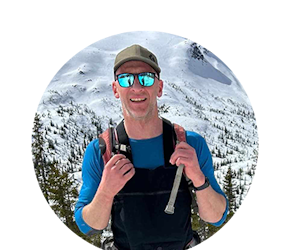
Board sports researcher and associate professor at the University of Southeast Norway.
"Who the fuck is Terje Haakonsen?" The challenge was to come up with a tongue-in-cheek ad for Burton in the mid-1990s. Terje was well known in the snowboarding community, but still unknown to most people.
By dominating competitions in the 90s and well into the 2000s, he became not only the best-known Norwegian abroad, but also an international pop culture icon. When Snowboard Magazine marked its 30th anniversary in 2017, they asked the question: "Who is the greatest snowboarder of all time?" The answer was, of course, Terje Håkonsen.
Terje's influence on snowboarding culture is indisputable. Ever since he got his first professional contract as a fifteen-year-old until today, both his driving style and opinions have attracted attention. And, I would argue, he has also contributed to changing Norwegian sports culture.
Until well into the 1980s, Norwegian sports culture was characterized by seriousness, tough training regimes and nationalism. Fitness and cross-country skiing were the focus, and it was the Norwegian Sports Confederation that regulated the whole thing. With roots in surf and the anti-authoritarian countercultural movements of the 1960s, snowboarding represented something new – less focus on competition, more focus on play, less focus on training, more focus on Do-It-Yourself, less focus on winning for the nation and more globally oriented. Terje became perhaps the foremost representative in Norway of these changes in the values and hierarchies of sport.
In the period before the 1998 Olympics, great expectations were built up for Terje Håkonsen in the media. He was seen as one of our surest cards in the race for gold medals. But what happens? He doesn't show up. He calls the management of the IOC a mafia. Despite the fact that this brought international attention - even Time Magazine ran a report on the boy from Telemark who spoke opposite the IOC - this did not make Terje a national sports hero. Rather, it made it impossible for large sections of the population to press him to their chest. The Olympic audience wanted national heroes.
Terje Håkonsen remained an anti-hero when he refused to put on the Olympic uniform. Unlike skiing, snowboarding is not suitable for nation-building. Boardsport derives its basic narrative from the Polynesian islands. Snowboarding therefore does not have the same potential to become a national symbol in the same way as skiing. Despite similarities, Terje Håkonsen cannot play the same role as Sondre Norheim in our national self-understanding. Rather, he has come out strongly against nationalism in the sport, which has undoubtedly contributed to strengthening his legendary status within the snowboarding community.
In the 90s, snowboarding experienced severe growing pains. Competitions were streamlined. Snowboard culture's rebel image hit the zeitgeist, something advertisers knew how to pick up. Everything from aftershave to televisions were marketed with spectacular images of young, cheeky snowboarders. VISA, Nike and a number of brands that had nothing to do with snowboarding brought a lot of money into the sport. Terje has always been an idealist, among other things by pushing for competitions to focus on progression instead of consolidating into specific forms, and that they should be participant-led rather than being run by commercial players or the international ski federation.
At the same time that Terje was keen that snowboarding should not become a "sell-out", he himself has profited well from being sponsored by large commercial players such as Burton, Oakley and Volcom. He even developed his own ice cream, Surface ! Admittedly with a subtle sporting political message: on the ice cream carton there were drawings that could hardly be interpreted as anything other than criticism of the "Olympic pranks".
Terje himself says that he has never had anything against the commercial - it just has to be done in the right way. The values in the culture must be managed from below. It sounds forgivable, but in practice this requires a delicate balancing act. An example of this difficult balancing act could be between making The Arctic Challenge financially viable and at the same time being true to snowboarding's values. When Oakley withdrew as main sponsor in 2012, the Arctic Challenge was in danger of being cancelled.
Several large energy drink manufacturers offered to become main sponsors, but Terje rejected this with a retort that if snowboarding were to be associated with "diabetes and obesity", it might as well be the same. So, he is not against commercialism in general, but there must be commercial interests with the right values.
Through his approach to snowboarding, his opinions and attitudes, I think we can safely say that Terje has changed at least parts of Norwegian sports culture. The more play-oriented DIY attitudes have spread to parts of organized sports, at the same time that we see that self-organized activities are increasing both in the number of participants and in political support.
Internally in the Snowboarding Association there were also divided opinions as to whether Norway should send snowboarders to the Olympics or not, says the then leader of the association and board member of the ISF, Truls Omtvedt.
- For me, it was Terje's statement that the FIS and IOC were corrupt and anti-human organizations, which became decisive for my relationship with the further development of snowboarding in Norway. That is why I did not stand for re-election at the annual meeting in 1995. A new president was elected, and arrangements were made for Norway to participate in the Olympics, he says.
Norway returned home from Nagano with two silver medals (Daniel Franck and Stine Bruun Kjeldaas) and snowboarding received a lot of attention in the domestic media. However, he who did not participate received the most attention. Both before and after the Olympics, Terje's choice of values attracted great national and international media attention. Time Magazine made a case about the Norwegian snowboarder who spoke opposite the IOC.
Trude Lerfald

Terje's long-standing partner and friend
- Terje is a nut. It takes some time to break him, that is, to open him up and gain his trust. He is also tough on the outside, in the sense that he is principled, stubborn, and can appear difficult. But those of us who know him know that he is street smart, incredibly kind, surprisingly wise and a reflective man.
I have had many good, and not least educational experiences, discussions and conversations with Terje - about everything from snowboarding, environmental protection, health and food to chess, yoga and football. He has taught me a lot, inspired me to make good choices, but also been incredibly annoying - yes, almost provocatively honest and direct, and challenged me in many contexts. I have often had to defend Terje. Although many who meet him have prejudices and are skeptical of this guy who seems to be opposed to aspects of life that few think about in everyday life, many quickly turn around when they listen to what he has to say and get to know him.
Key words such as stubborn, stubborn, "the man behind the goggles" (there was a time when he refused to take them off at events) and a little difficult are some of the clichés that pervade Terje. However, I would argue that when he puts the goggles on his head and meets you as a human being, you can look forward to learning something new and being inspired to live a life that is not quite like everyone else's.
Congratulations on 50 years, Terje!
"Are the Olympics ready for board champion Terje Haakonsen. A man with attitude?” asked the American sports magazine Sports Illustrated , before the Nagano Games.
With his absence from the Olympics, Haakonsen ensured that the status of the competition was greatly reduced, as he was the clear favorite to win the gold medal. Few people remember the competition itself today. It disappeared in miserable conditions, and is considered one of competitive snowboarding's lower points.
After the Olympics, Haakonsen more or less disappeared from the competitive part of snowboarding. He attended a few pipe contest, if he liked the format. As he did in Swedish Åre or Austrian Gerlos. There was also good prize money in the aforementioned competitions. Because it was a new project that occupied Haakonsen in the late 90s. The idea of The Arctic Challenge was born. A format that would bring together the most creative riders in the world, for a several-day long boardsport session, made by snowboarders for snowboarders.
The transitions became so big that a world record was set for the highest air in the quarterpipe of 9.8 metres , by Terje himself in Midtstuen in 2007. A record that still stands today.

Was he right all along?
We must again take a trip in the time machine to interpret the present. Because since the 90s, there has been a development in the topic called criticism of the IOC.
Over the years, a sharper and more critical press has reported cases of corruption, as well as environmental scandals from the Winter Olympics in Sochi in 2014 and the Summer Olympics in Rio de Janeiro in 2016. The disclosures helped Terje's negative attitude towards the IOC, to become the main attitude of the Norwegian people, when there in 2013 became known that Norway would apply for the Olympics in 2022.
The so-called referendum showed a clear Norwegian no to the Olympics, which was sensational for a winter sports-loving nation like Norway. "The IOC can thank itself," wrote VG 's political editor , Fritjof Jacobsen. Fifteen years after Terje's sensational IOC statements, investigative journalism proved that he had been right all along. He who had stood alone in the storm against the great Olympic power, was now standing tall as a modern version of Doctor Thomas Stockmann in Henrik Ibsen's classic drama A Public Enemy, or Chief Martin Brody in Jaws . The whistle blowers no one took seriously, but as with the prudence and judgment of posterity in hand, remained as history's moral winners.
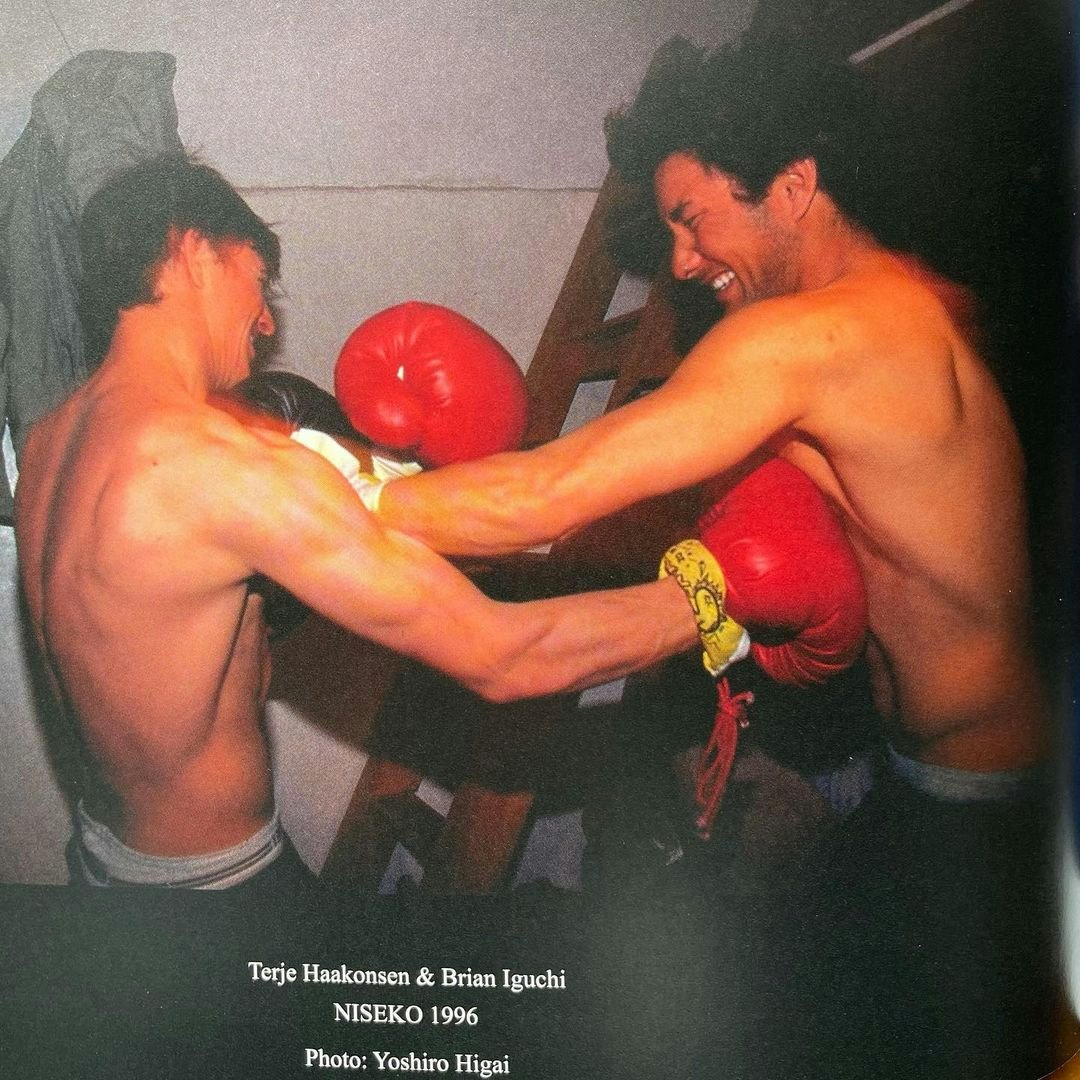
Ahead of the Olympics in Beijing in 2022 , there was more Olympic criticism from Haakonsen. In an article in Vårt Land, he questioned the lack of critical voices among Norwegian Olympic athletes about China's violation of human rights. Even now, the momentum in Olympic criticism was completely different from in the 90s. Morgenbladet's commentator and former cross-country skier Gudmund Skjeldal asked in a column whether it was right that the entire world's sports elite should gather to play in a country that kept a million Uyghurs in prison camps? The criticism followed up in VG as well. " Its time to stop ducking your head in the sand" , wrote VG 's sports commentator Leif Welhaven, with a clear address to biathlon athlete Ole Einar Bjørndalen's Chinese coaching involvement. At the same time he highlighted Haakonsen's chronicle in Vårt Land , and called it the syllabus for the next gathering in various sports.
A snowboarder's chronicle as a curriculum in the top sport? An idea from Verdens Gang that we can like.
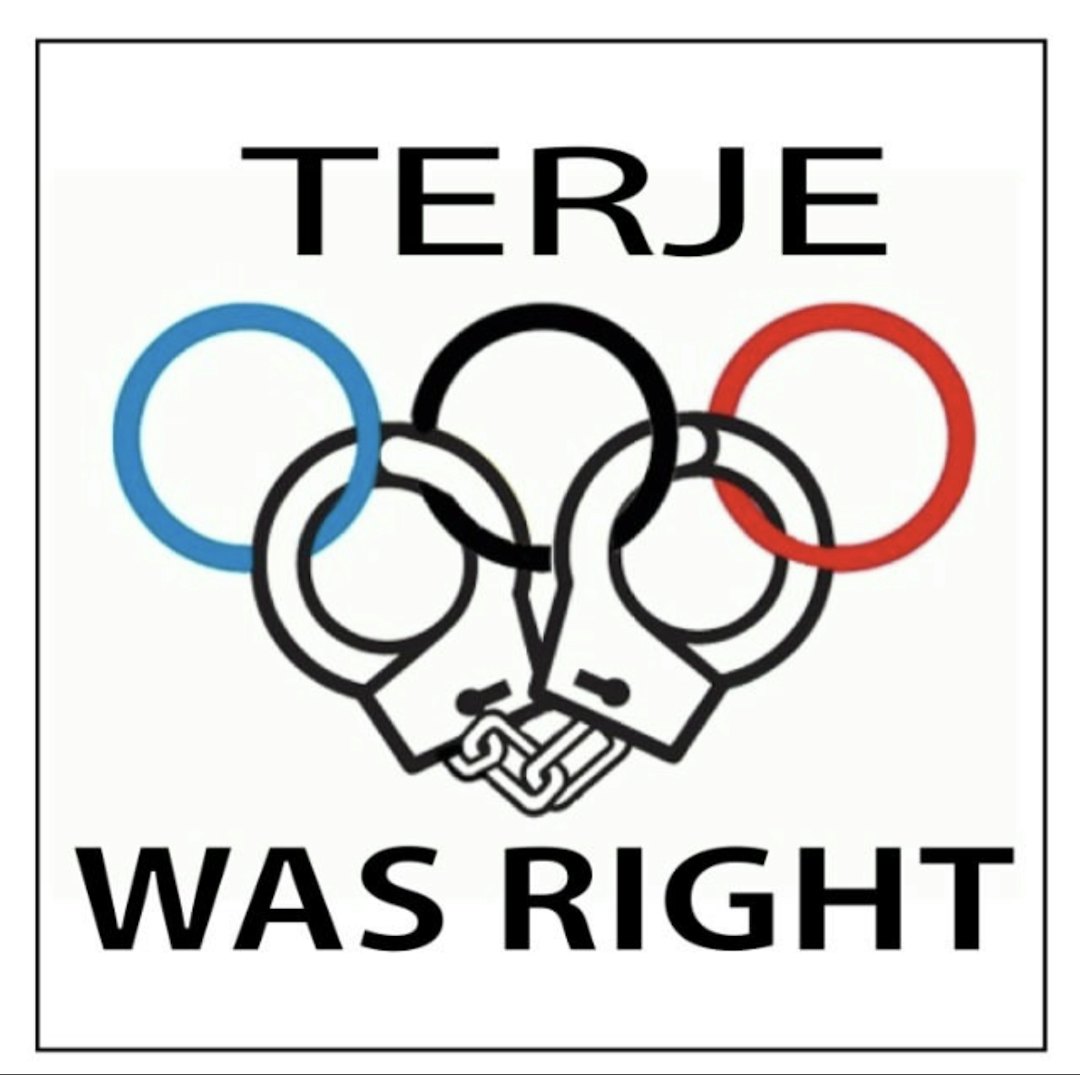
Role model vs. role model
While rounds are run in the year-round facility, we ask Terje if he has had any role models in board sports.
- It's a lot about style, and there are many to name. Bruce and Andy Irons, who I've surfed a lot with. When you see a performer live, it's easier to be inspired. On skateboards, it's Bob Burnquist, Danny Way, John Cardiel and Tony Hawk. Bob still skates insanely good. I have always liked Daewon Song because he is so technical and creative. I like those who skate fast and hard, like Pedro Barros.
He continues:
- In snowboarding, I took a lot of inspiration from Shaun Palmer. He was fast and a racing head. And of course Craig Kelly. When I saw him and the way he snowboarded, I copied everything he did. It was very tiring to keep my stance as low as Craig, almost excessively low. But we did it because it was about control and style. A trend that also fell away a bit, smiles Haakonsen.
Terje also snowboarded a lot with another teammate at Burton, Jeff Brushie.
- He was only three years older. The way he performed tricks was pretty raw. A McTwist is not just a McTwist. When he did, he would "poke" and mark the tricks as he performed them.
Another who inspired Terje was skater and snowboarder Noah Salasnek (1970-2017). Terje says that Salasnek was a good pipe rider, and that he later took the freestyle tricks with him to the freeride scene.
- He was the first to do more than just normal airs in the backcountry, and was also one of the first to do skate-related lines in the pipe.
Something that was not so common at the time.
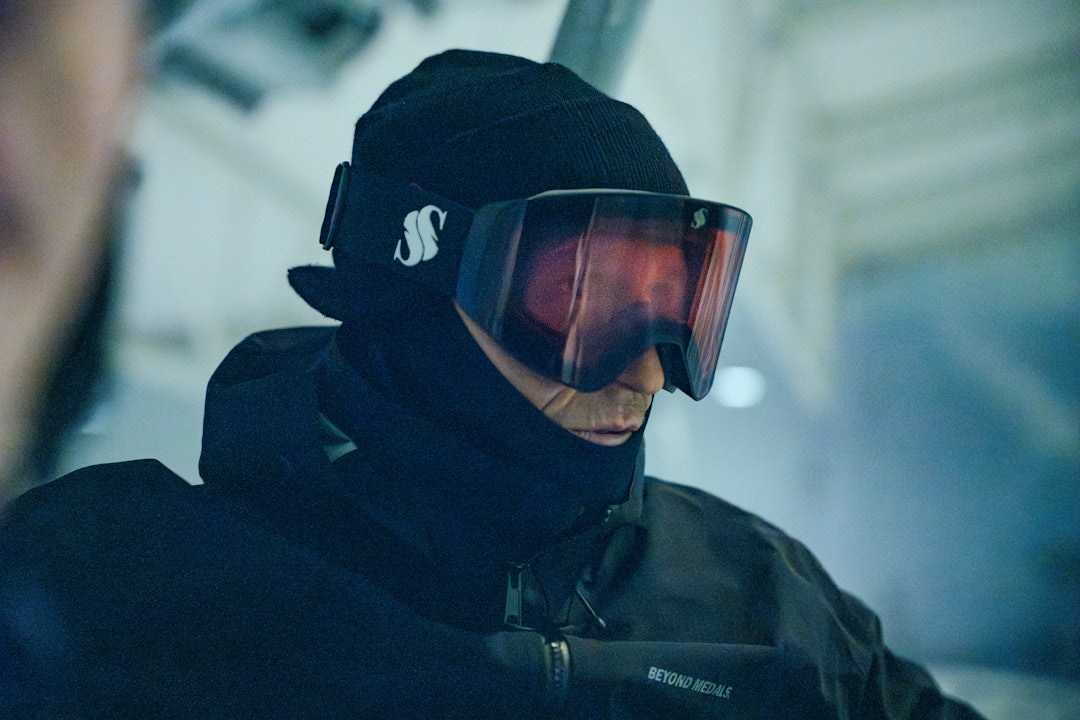
- In surfing, I saw a lot of videos by Tom Curren. Anyone who has started surfing late often asks the question: Does surfing help snowboarding? It helps to get more flow as you ride, and you look at the terrain a little differently. The actual riding is not very similar, but the way you unfold is comparable. I skate and surf because I like those sports, not to get better at snowboarding, he says.
It is fascinating to hear Terje talk about his role models, all the time he himself has been, and still is, a role model for many snowboarders. One who was invited to The Arctic Challenge at a young age, and who cites Terje as his greatest source of inspiration, is the likeable board pro Jake Blauvelt from Vermont.
- There is no style I have tried to imitate more throughout my career than Terje's. His natural talent as a board rider is a pleasure to watch, every time we ride together , Blauvelt tells Fri Flyt.
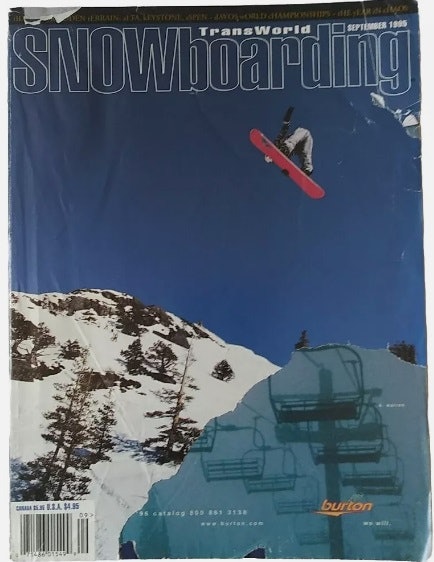
Terje's pip rival from the 90s, Todd Richards, also pays tribute to the birthday boy as an inspiring factor in his career:
- I can safely say that I would not have been the snowboarder I am today without Terje's influence. He brought out the best in everyone who had the pleasure of competing against him in the 90s.
Author of "Havet vasker bort alt" and former importer of Burton, Elling Balhald , is among the Norwegians who got to know Terje early in his career.
- I met Terje at one of the first snowboard races held in Norway - in Rauland in February 1988. A small-built 13-year-old with a bright voice, a top hat with a tassel and a blue down jacket. He rode a Burton Elite 150 , which was far too long for him, but it was not difficult to see that he was a talent far beyond the ordinary, says Balhald to Fri Flyt.
With older role models and training mates such as Åshild and Einar Lofthus, Rauland Skisenter and Uvyrdslåmi Snobrettlag, with Harald Rishovd as the prime mover, was the perfect place to develop according to Balhald.
- But the moments that are stuck on the retina are from a summer day on the Juvassbreen in 1989, when Jake Burton had sent Craig Kelly over to check if what I had told him about Terje was correct. To see Terje riding a few meters behind the world's best snowboarder and doing the same tricks, only a little higher and a little better, was wild.

For some of Terje's role models, life stopped early. In 2003, he lost his mentor Craig Kelly in an avalanche in Revelstoke . Three-time world champion in surfing, and former teammate at the clothing brand Volcom, Andy Irons, died of an overdose in 2010 . In 2019 and 2020 respectively, Jake Burton and Tom "Tommen" Bjerknæs passed away due to cancer.
Elling Balhald
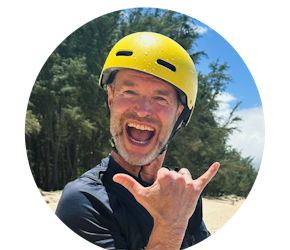
Norwegian snowboard industry legend, author and long-standing importer of Burton Snowboards to Norway.
- I met Terje at one of the first snowboard races held in Norway - in Rauland in December 1987. A small-built 13-year-old with a bright voice, a top hat with a tassel and a blue bubble jacket. He was riding a Burton Elite 150, but it wasn't hard to see that he was a talent far beyond the ordinary. With older role models and training mates such as Åshild and Einar Lofthus, Rauland Skisenter and Uvyrdslåmi Snobrettlag, with Harald Rishovd as the prime mover, was the perfect place to develop.
But the moments that are stuck on the retina are from a summer day on the Juvassbreen in 1989, when Jake Burton had sent Craig Kelly over to check if what I had told him about Terje was correct. To see Terje riding a few meters behind the world's best snowboarder and doing the same tricks, only a little higher and a little better, was wild. Harald took an iconic photo of Terje, Craig and Einar that day. Undoubtedly one of the most memorable days in snowboarding history, and the beginning of a close friendship between the sport's two greatest athletes of all time, which sadly ended when Craig tragically died in an avalanche fifteen years later.
One thing that was special about Terje's active career was that his sporting development progressed in parallel with the growth and popularity of snowboarding. We could all become a little better snowboarders just by doing a few trips on the slopes behind Terje and being inspired by his style and board control.
That his signature boards were called Balance was a perfect fit. He revolutionized the sport, and I am convinced that Terje, together with Ole Gunnar Solskjær, was one of the most famous Norwegians abroad in the 90s. Maybe he still is.
Nutrition and physical health
It's lunch, and we´re taking a break from the artificial, indoor winter at Lørenskog. Fri Flyt goes for an overpriced caesar salad. Terje chooses salad, aptly named hokkaido, after the Japanese powder paradise of the same name. The topic naturally revolves around nutrition and physical health. Topics that Terje has been outspoken about for many years. The salad from the restaurant is served in plastic - which Terje is not impressed with either.
- What do you do to stay fit?
- I bikecycle to the kindergarten every day. Back and forth. Four rounds. It is almost seven kilometers in the round. I try to stay active and avoid getting too stiff. Yoga is what I get the most out of. It builds up and holds the whole body together.
Tony Hawk
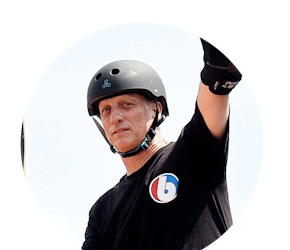
The greatest skateboarder of all time. Legend.
- Terje is a snowboarding pioneer, and set the standard for generations to come. I have been inspired by his versatile skillset for decades. And he continues to innovate, proving that age is more of a mindset than a hinderance.
Throughout his career, Haakonsen has talked about the importance of a healthy diet, combined with physical activity. So principled has he been, that when The Arctic Challenge in 2013 was in danger of being canceled due to lack of funding, he turned down a large sugar drink manufacturer who offered to foot the bill for the event. Instead, a partnership was entered into with the American foundation Drink Water.
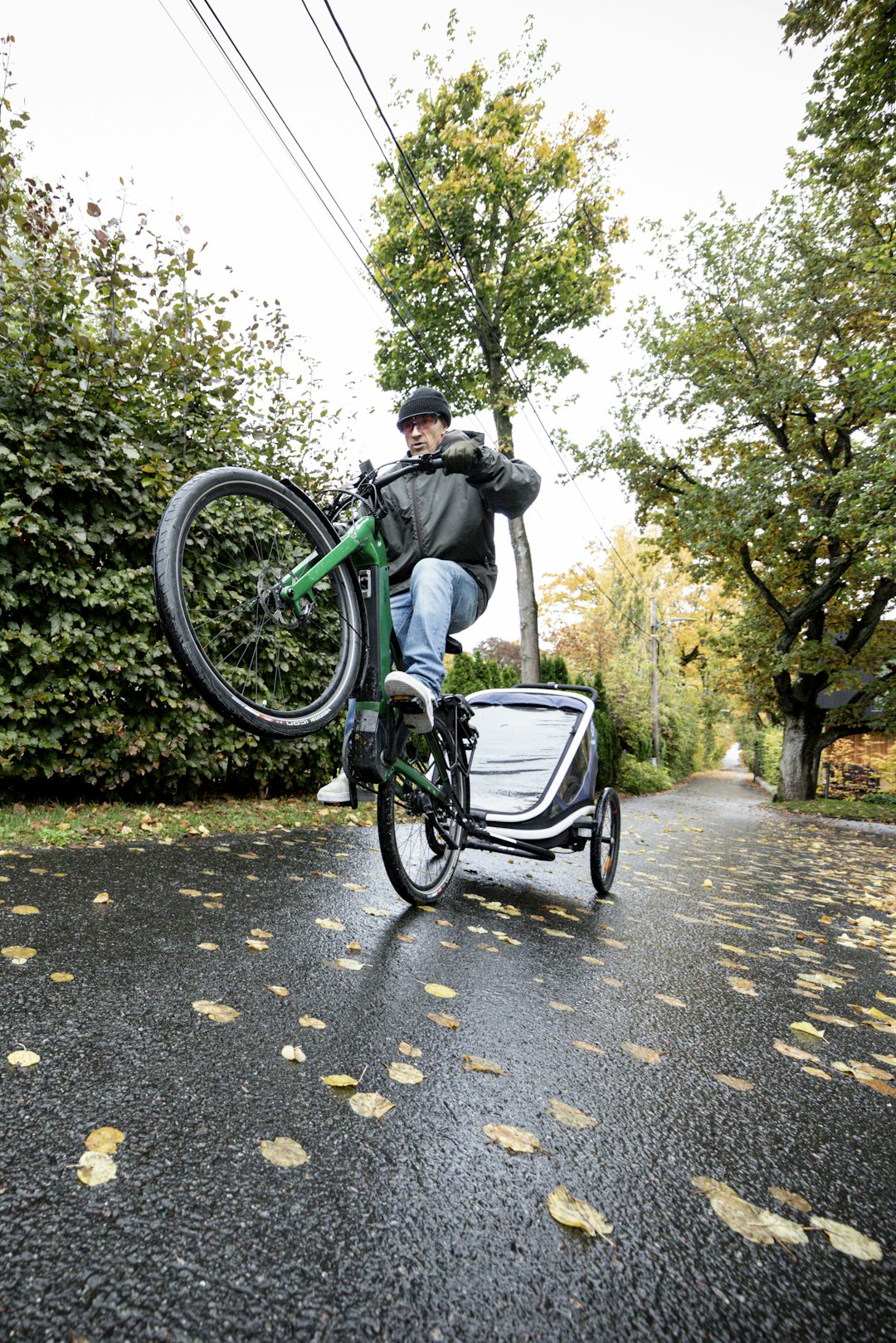
Terje's long-standing partner, Jan Christian G. Sundt, elaborates to Fri Flyt:
- Terje has always been concerned with health and the necessity of healthy food and drink, while I introduced the environmental aspect into the events. For example, organic food was sold, and energy drinks such as Red Bull were not allowed to be sold in the facility, and we did not want to use them as sponsors even though they were dominant in the action sports market.
Today, serving healthy food is something that several organizers of snowboarding competitions focus on. An industry trend Haakonsen says he is proud to have contributed to.

Rune Lundsør
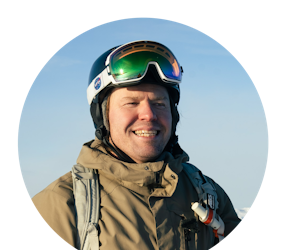
Owner and operator of Epic Boardshop in Uvdal, snowboard historian, snowboard museum director, organizer of the Old Boys NM in snowboarding. Represented Norway in two Olympic Games.
- Terje set the standard early on for the first generation of snowboarders in Norway. He showed that you can come from a small place in a small country and conquer the world. He quickly became the world's best snowboarder. Then he set the standard for how to ride a pipe, for new tricks, for how high you could go, and not least the standard for style, play and fun on boards.
Terje's first signature model, Sverdet , also set the standard for how a snowboard should be. It was completely unique back then 30 years ago, and is actually still a very good board to ride compared to today's boards. It's raw!
Later, Terje also set the standard in the mountains. Completely unique line choices and stylish play down the mountainside.
At the Old Boys NM this year, Terje presented a Sims Pocketknife 140 from 1988. He goes higher than possible in the small pipe, and the pictures are talked about all over the world. It's absolutely raw!
Terje takes care of the game in snowboarding. Snowboarding is not a gymnastics discipline with scored exercises and style templates. Snowboarding is a tool for development, mastery and passion. Terje is the leader of the first generation of 50-year-olds who charge boards. Rock on!
- What do you eat to keep in shape?
- I try to eat as fresh and clean ingredients as possible, and avoid products with preservatives and rapeseed oil. Lots of wild meat, especially reindeer from northern Norway, because they have eaten seaweed on the shore. Eats almost only freshwater fish. Too bad the sea has become a rubbish heap.
- No guilty pleasures?
- I eat a lot of chocolate, maybe a chocolate bar a day. It's the first thing I eat when I get up, Haakonsen admits.
- I eat chocolate, but nutritious chocolate. Sometimes I succumb to the temptation of conventional chocolates with a high cocoa content, but too much sugar. I don't eat milk chocolate, and I don't drink milk either. You don't get strong bones from drinking milk. Like much else in the food industry, it is fake marketing, says Haakonsen.
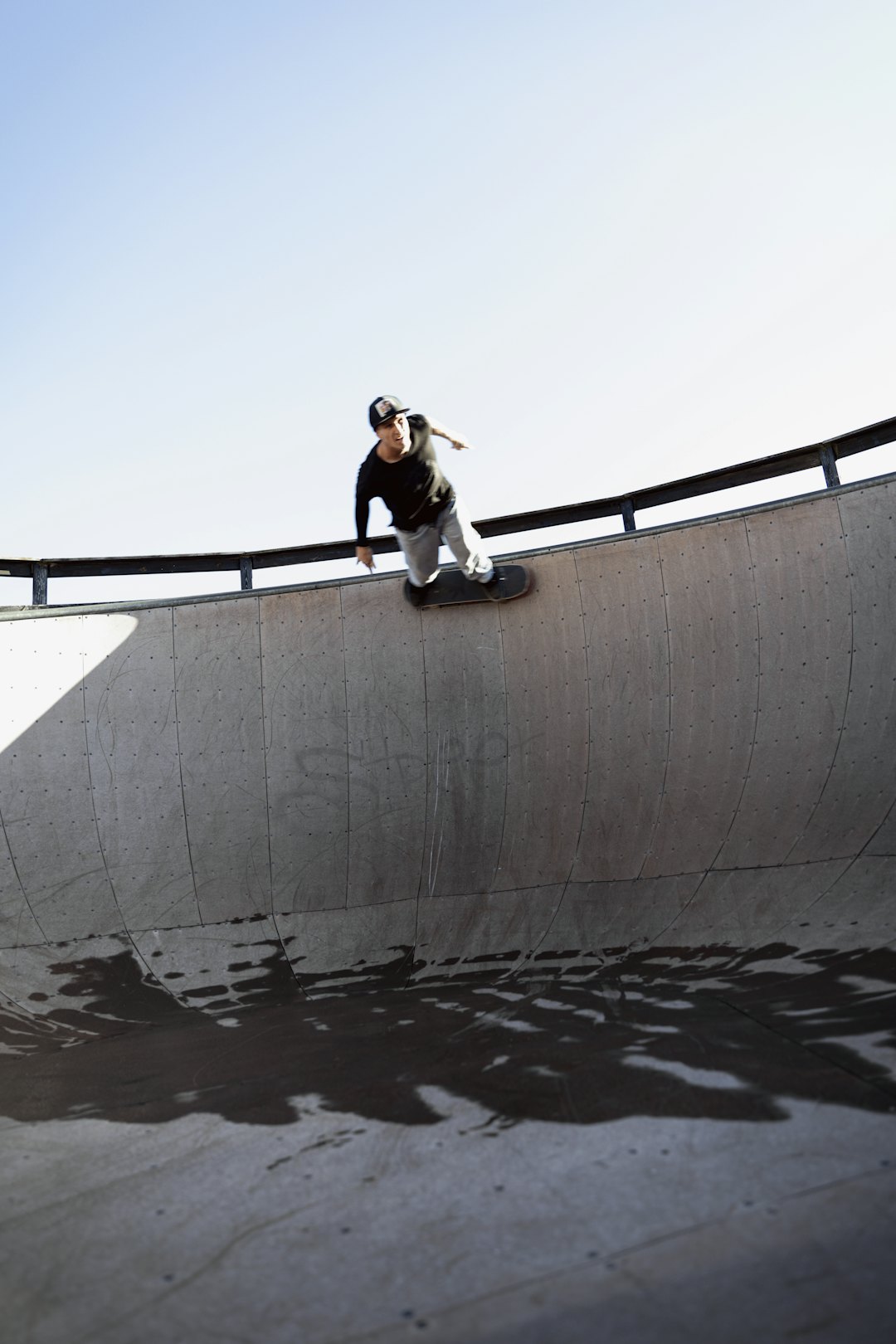
He continues:
- Anyone who believes that a Norwegian, varied diet is good enough should educate themselves. When I was in school, we never learned what a semi-finished product was. Now they make jelly and all sorts of crap. It is no wonder that diabetes and other diseases are booming. It is sick how bad food and health we have in a prosperous country like Norway. Tax money going to people who can't take care of themselves is crazy. The state should demand more from people, and teaching should be more about healthy lifestyles and nutrition.
There is reason to believe that Haakonsen will be happy about the Directorate of Health's recently launched dietary advice, which made headlines in the media and was called moralizing. They recommend as clean as possible raw materials, fish, vegetables and a piece of advice that we think goes particularly well with Haakonsen: DRINK WATER!
- Has getting older affected you in any way?
- When I turned 45, I noticed that I was getting a little old. Before that time it was fine, but after 45 it has taken longer to get used to speed, and even longer to recover from injuries. I have some flaws, but I still feel I can do most things.
The people around him, however, have a slightly different opinion.
- Age is just a random number that we have been given, so that we can keep track of mortality in the population, Terje's pipe competitor from the 90s, Todd Richards, replies when Fri Flyt asks him about today's Terje versus the 90s version of the competition.

Controversies
A long career of strong opinions has led to controversy. In an attempt at humor on Twitter in 2015, Haakonsen used the word "gay" as a description for weird and uncool, tagging his former pipe competitor Todd Richards. Back home in Norway, few raised an eyebrow at the tweet, but in the US, where debate climate was significantly more sensitive, the matter caught fire and spiraled out of control. In 2021, Terje made a public apology, which was little discussed in the snowboarding media.
Why, is speculation, but one explanation could be that the apology missed the spirit of the times, which was strongly characterized by the political correctness of the woke movement, and cancellation culture. "I am very sorry for having used the word 'gay/homosexual' as a metaphor for 'not cool and crazy'," Haakonsen wrote and continued: "but I have never judged gays, either as a group or individually. But I know that the tone and language I have used has been hurtful" .
Todd Richards
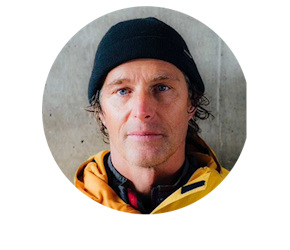
Winner of the US Open, X Games and WC. Terje's pipe rival from the 90s, podcaster, snowboard entrepreneur, snowboard commentator and media personality.
Age is simply an arbitrary number assigned to humans to keep track of population mortality. Flying the finger in the face of this mathematic oppression is easy to do, but hard to back up in action.
Terje’s timeless style, riding strength, and willingness to push physical limits as the clock strikes 50 is inspiring to say the least. Look, anyone willing to absolutely eat shit on a snow skate trying judo’s over 40 foot tables, gets massive respect!
He brought out the absolute best in everyone that had the please of competing against him in the 90s. And I can say with much confidence, I wouldn’t be the rider I am today without his influence.
HAPPY BIRTHDAY Terdy Hackysack …just don’t randomly tag me in any controversial social hot button Twitter posts anymore 😅
In 2021, Haakonsen did his first interview where he talked about the case, together with snowboarder Cheryl Maas, who had previously criticized the IOC for awarding the Olympics to Russia, due to inhuman legislation against lesbians and gays. Maas had supported Haakonsen through the Twitter storm. When the interview was published, the news had come that Burton Snowboards, Terje's employer of 31 years, had not renewed his contract.
At the time of this writing, there has still been no official statement from Burton regarding the reason for the termination of employment. Haakonsen himself calls the final reason cancellation, when we are sitting in the lift at SNØ. He is supported by the high-profile sports agent and snowboard profile Circe Wallace, who believes it was a tragedy that Terje was canceled from Burton:
- We see a lot of that in our society at the moment, and I think we must be able to forgive people for wrong or misunderstood actions. As one of the greatest snowboarders of all time, he deserves respect and an opportunity to make amends. Identity politics is nuanced, but I don't think anything Terje did justified the cancellation.
She continues:
- It is tragic that he was cancelled. He is not homophobic, he is not racist or sexist, says Wallace to Fri Flyt.
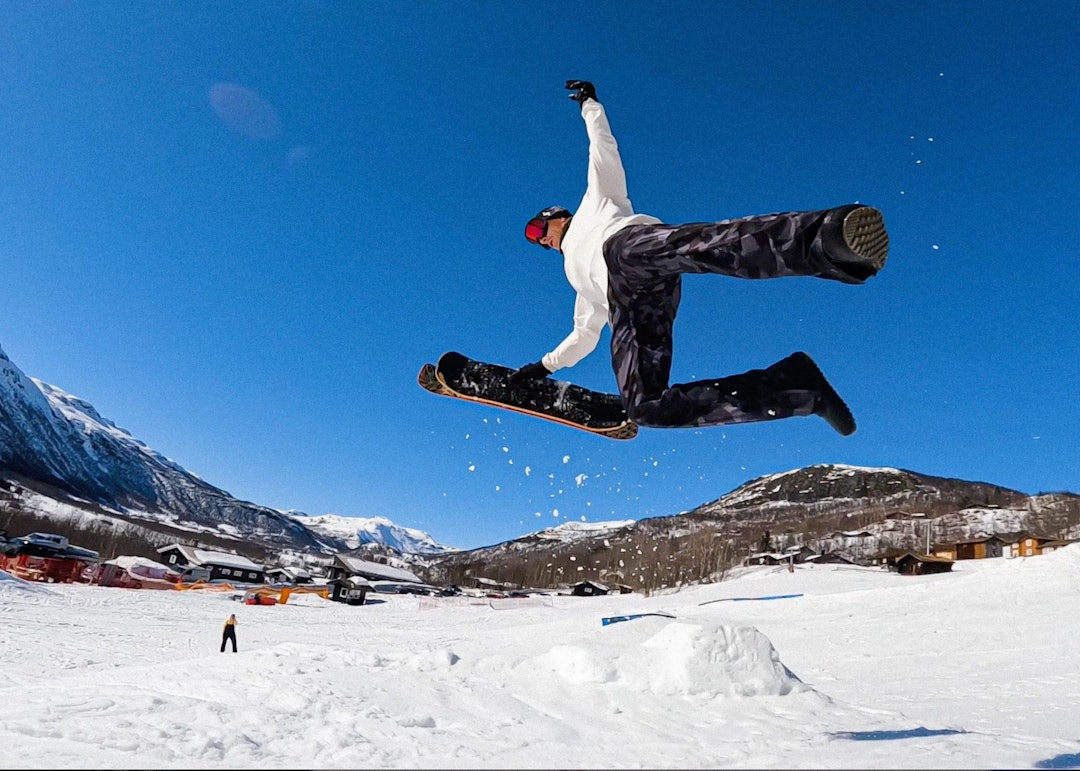
Filmmaker Dave Seoane supports Wallace, describing it as a poor decision by Burton:
- Had Jake Burton been alive when this happened, he would have gathered those involved in the office, talked thru the matter, put it to rest, and the world would have moved on. Unfortunately, it didn't work out that way. Terje deserved much better treatment than he received. Not just from Burton, but from others in the industry. There was little support from the major industry players when things were at their worst. It was completely quiet.
Seoane believes that it is due to the woke movement which was strong in the USA at the time.
Whatever the reason, Terje was done with Burton and was without a board sponsor for the first time in his professional career. Which brings us back to the session at SNØ, and his new board from Zen Snowboards under his feet, and talk about his future as a snowboarder.
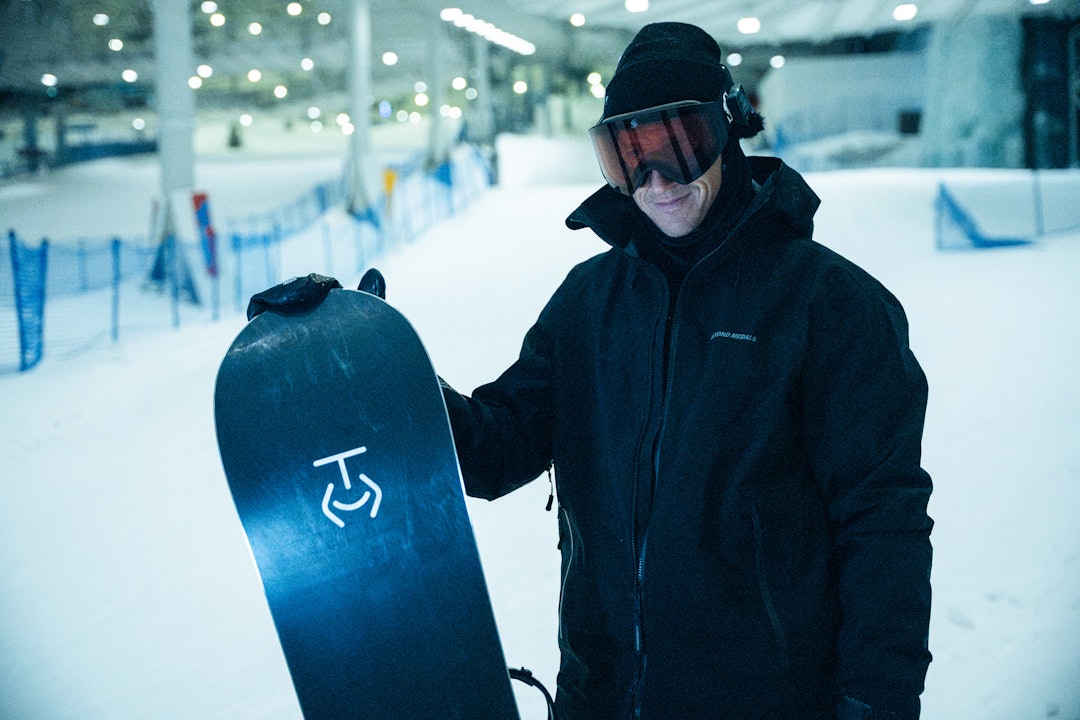
- What kind of career do you see in the future?
- I have been in the mountains for five years as a mountaineer, and envision myself doing much of the same. Maybe run some freeride competitions, and go to a banked slalom or snowskate competition. I also collaborate with Flux bindings and boots, and have guided some tours in Japan. Maybe I'll get job offers from some other snowboard brands and clothing brands. I feel that I can contribute a lot.
- How do you enjoy being a guide?
- It depends a little on the people, but generally it's like hanging out with friends. I also meet interesting people from whom I can learn something back.
- What relationship do you have with today's snowboarders, and what they achieve?
- It's fun to see what Travis Rice does. His film Dark Matter , I have to say, is the best snowboarding film ever made. A good snowboarder for me is someone who can ride everything. For the Norwegian scene an example is Alexander Østreng. He didn't win much through competitions, but is one of the ones I like to watch the most. Ståle Sandbech has always been Norway's best overall rider, and I am particularly impressed by his freeriding
- What would you say has changed in snowboarding since you started?
- There are many changes, especially on the competition side. FIS has hijacked the sport, and there is a lot of focus on national national teams, which does not fit in. The competition formats have not changed, and it has become boring to watch halfpipe competitions. But people will always snowboard for fun, and there are many other competition formats emerging.
We're talking about the Natural Selection Tour (NST) freeride competition, the brainchild of Travis Rice, who has showcased snowboard freeride competitions with spectacular riding and filming. What does Haakonsen think of NST, and will we see him in the competition?
- NST is a freeride tour organized by the snowboarders themselves, so it's pretty good. I have been invited, but I never . But the arrangement is very good.
- Do you get wiser with age?
- I believe and hope so! You learnfrom experiences and mistakes. With age comes a different calm than I had when I was young.
- Many have noticed that the "å" is gone from your surname, and that you now write Haakonsen. Have you changed your name?
- Yes, I have changed from Håkonsen with "å" to Haakonsen with "aa". I have property abroad and children with grandparents there, so it was a little easier with "aa". I have thought about it for many years and did it three or four years ago.
- Your friend Franco Feci invited you to a 50th birthday party, which took place well before the actual date of the birthday. How was the celebration?
- Yes, I'm going out to travel, so some friends have already celebrated me. There were people I have snowboarded with for many years, new friends, people from my hometown and family.
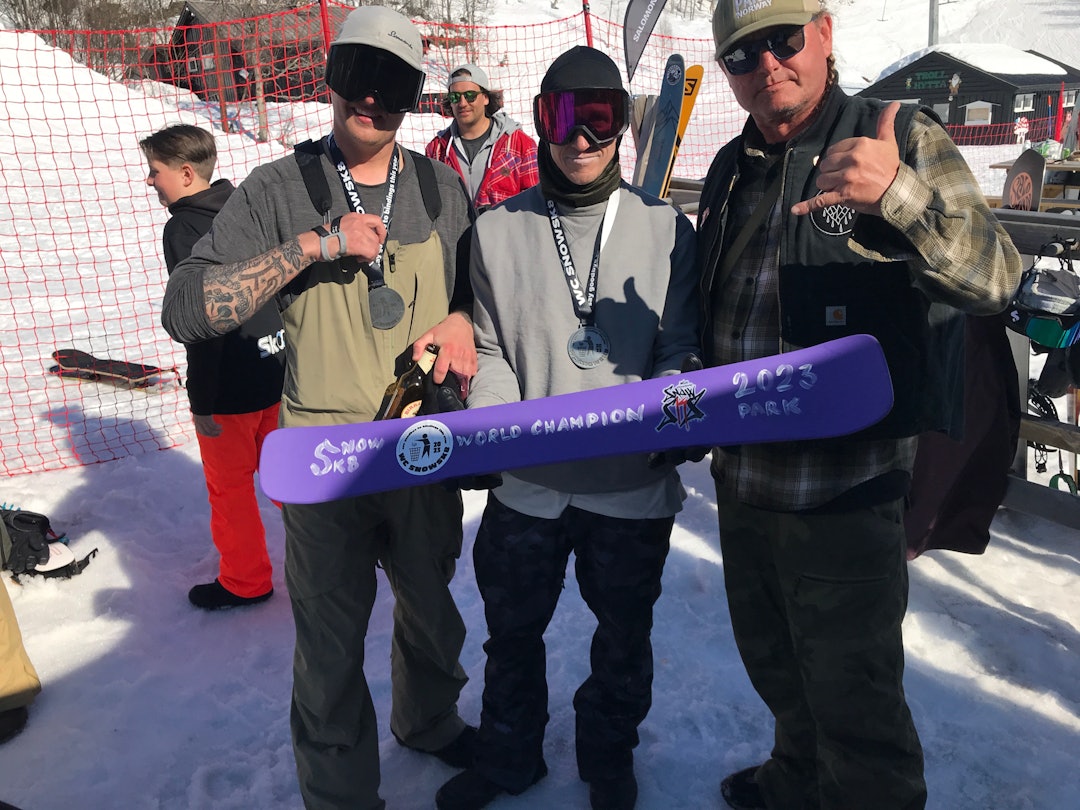
Mads Jonsson
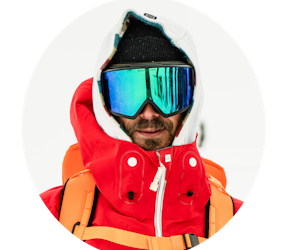
Friend and former teammate at Burton. Owns and operates Stad Kystmat.
- Since the first time I saw Terje on the cover of VG in the early 90s, he has inspired me to have a great love for snowboarding, surfing and skating. The cover title was "Sky, weird and rich" ... as a young aspirant this was very attractive and lit an inner flame in me that still burns to this day.
First and foremost, Terje's sporting qualities can be highlighted. In all arenas where he chooses to perform, he becomes annoyingly good. This is clearly due to body control, which most of us do not have, but also a burning desire to perform above the "neighbor". This has undoubtedly contributed to his many strong achievements over the past 30 years.
The man is completely unique in the way he drives transition, which has been a big factor in all the titles he has earned in his career. But outside the big arena, what really sets him apart from the rest of us who stand on boards - in the mountains.
The way Terje reads the terrain is completely unique. It no doubt originates from our ancestors who
Craig Kelly and bears the stamp of pure power and a superior understanding of board riding. In my view, today only Nico Müller comes close to mastering both board and mountain in this way, and it seems as if it might be a dying art, since snowboarding is in many ways entering new paradigms. I feel honored to have learned from both and not least to have been lucky enough to see them drive live.
Furthermore, one can say a few well-chosen words about Terje as a person. Since I got to know him in the early 2000s, he has been one of my best friends. A little kid of 18 who suddenly gets to drive with his big role model will be easily influenced, but that hasn't stopped Terje from giving me a balanced relationship where he hasn't always acted like a big brother. On the contrary, he has been incredibly humble about his position and very selective with what he says, and when he says it. This attitude has been as much a factor in the success of his career as his athletic talent, and I'm sure Jake B would say the same if he were still alive today.
The two were very good friends and alike in many ways. I like to think that Terje learned a lot from the old ring fox.
That Terje is an icon who stands at the very top of the "hall of fame" in board sports is as obvious to me as the earth's rotation pattern. He has really contributed to the growth of the industry since the 80s and shaped snowboarding culture into what it is today. This is more important to remember now than at any time in history.
Terje, this is probably "smoke up the butt" for the last 20 years.
The GOAT
When Snowboarder Magazine ran the article series Mountain Goats through 2017 and 2018, it was no surprise that the man from Telemark was at the top of the list of 70 rated snowboarders. "Others have more victories, but no one has meant more over time to snowboarding than Terje" , wrote the magazine, when the story came out on the symbolic date of May 17th 2018 ( Norwegian National Day)
For three decades, Terje Haakonsen has defined what snowboarding is. He has been an ambassador for playing and being in the outdoors, as an approach to develop as a top athlete.

When we write October 2024, we can look back and confirm that Haakonsen's moral compass pointed in the right direction in his criticism of the IOC and of Norwegian athletes' silence regarding Olympic participation in China. With his global reach, and his enormous influence, Fri Flyt believes that Terje Haakonsen, more than any other Norwegian athlete, has used his position to promote good values and stand up for injustice.
We stand behind Snowboarder Magazine , Shaun Palmer and all the board sport profiles we have been in contact with in the article: The world's most influential snowboarder comes from Åmot in Telemark, and is called Terje Haakonsen.
Congratulations on 50, Terje!





